9 Ways Your Home is Killing Your Plants
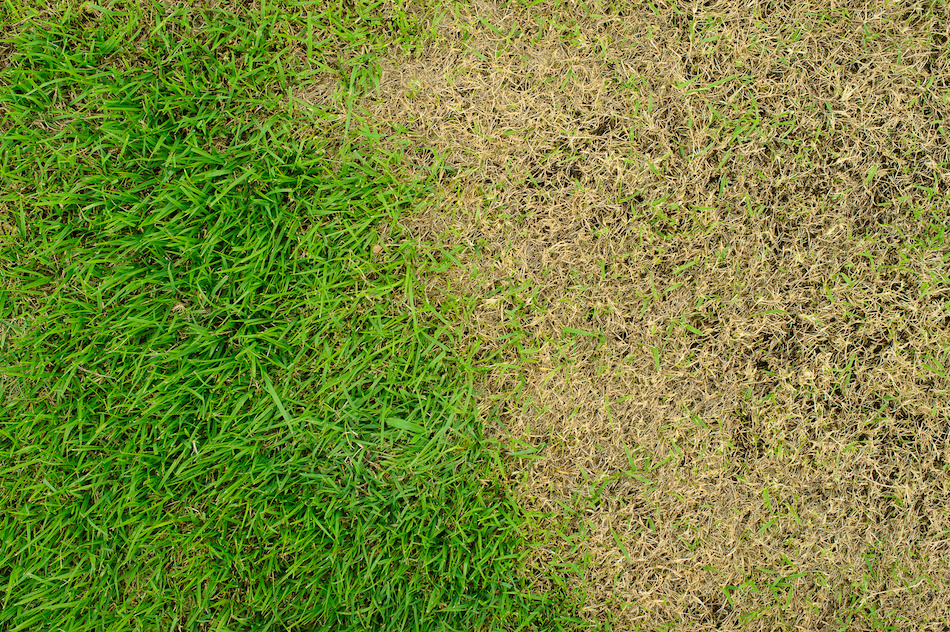 Everyone has seen homes with exceptional lawns and landscaping. Many know someone on their block who seems to have a “green thumb” when it comes to plants and gardens. What is it about these people and their almost magical connection with grass, shrubbery, and flowers? Do they know more or care more or is it perhaps something else?
Everyone has seen homes with exceptional lawns and landscaping. Many know someone on their block who seems to have a “green thumb” when it comes to plants and gardens. What is it about these people and their almost magical connection with grass, shrubbery, and flowers? Do they know more or care more or is it perhaps something else?
On the other hand, some homes might seem to reject any living thing that goes into their soil. There are certainly many ways a lawn or garden can whither due to natural causes or gardening mistakes. Greenery may struggle because of lack of water or too much moisture. There may be pests or varmints attacking the plants. Perhaps the soil is inappropriate for what the homeowner wants to grow. It could even be user error where the wrong fertilizer or pesticide has been applied.
However, sometimes none of these things are to blame, leaving gardeners completely stumped as to what might be the issue. Those struggling with keeping a lush green lawn or growing perfect flowers or tomatoes may take some solace in knowing it may not just be a lack of experience, knowledge, or even the color of their thumb.
It could be that your house is killing your lawn and/or garden.
For those frustrated with an inability to get things growing, checking around the home may provide answers to the mystery. If you're selling a home in Langford with a big yard, for example, you may want to address these issues before listing. Here are some of the ways a house may be killing your garden.
Table of Contents
Windows
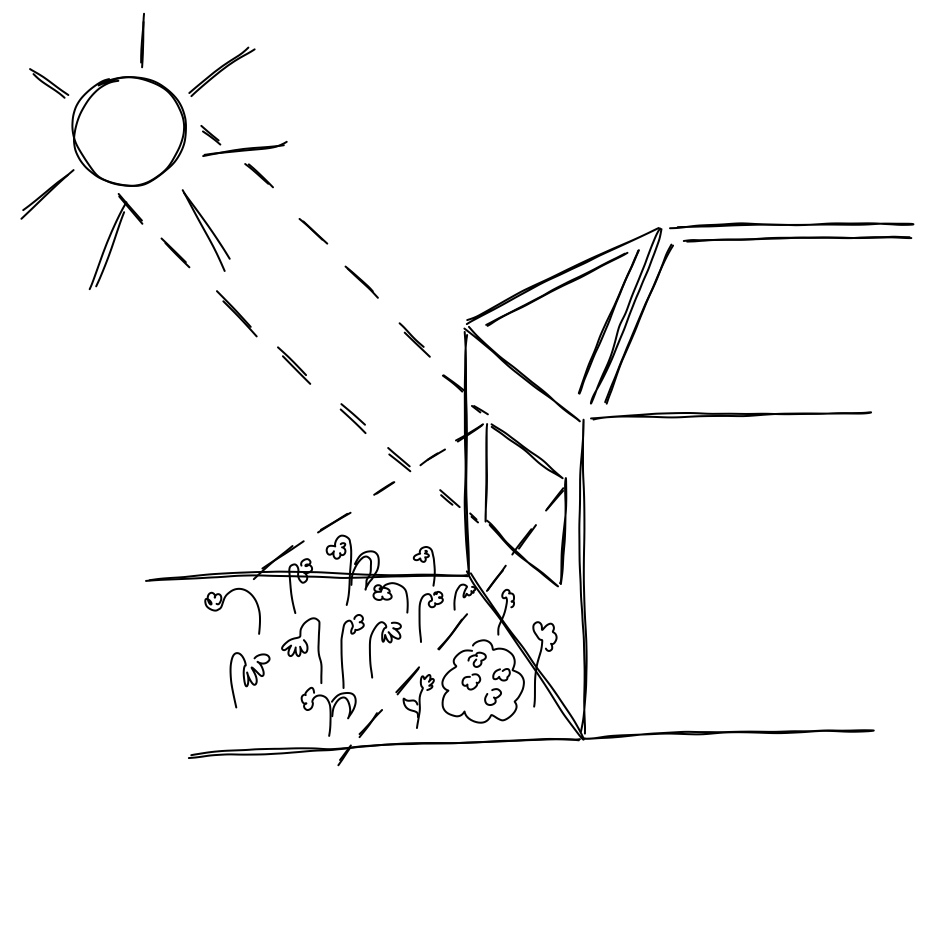
Many find it surprising to learn the windows in their houses may be causing damage to their plants or lawn. This is particularly true for a home with Low-E glass windows installed.
The problem is when most homeowners purchase new windows for their home, they are concerned about energy use, sound insulation, security, appearance, and cost. Very few even consider that reflective windows could create a hazard for their lawn or garden.
Reflective windows are designed to keep the sun's rays and heat out of a home, but in doing so can transfer that heat to a lawn or plants. This happens most frequently when a pane of glass becomes concave due to pressure changes. As the barometric pressures changes, the panes of glass can act almost like a magnifying glass, generating damaging heat and focusing it on outdoor greenery.
The solution may be installing awnings or window screens to limit the impact of these reflective rays. Homeowners can also consider heat and sun tolerant plants in areas where the sun reflects off of windows. Some heat and sun resistant flowers include:
- Lemon Verbena
- Geraniums
- Lantana
- Marigolds
- Salvia
Another option is to use outdoor structures like a pagoda or lattice fencing to shield a garden from reflective rays.
Roof
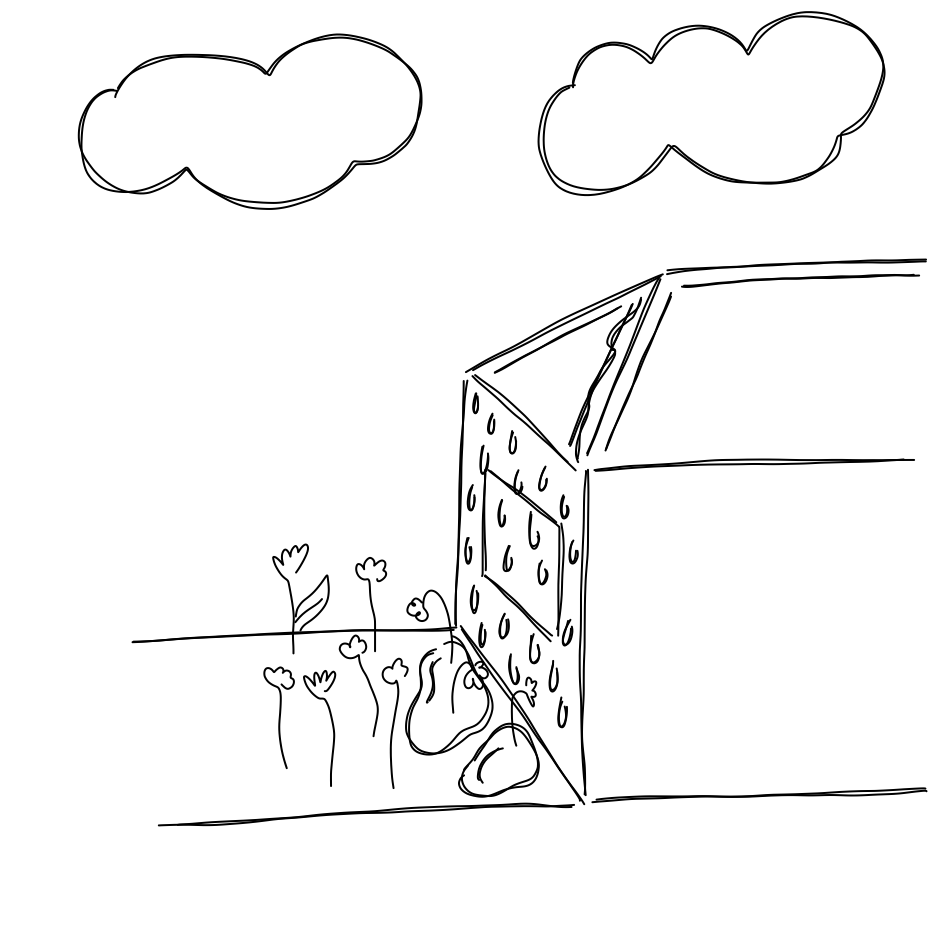
Roofs and improper drainage are often culprits when it comes to problems with plants, lawns, and shrubbery, especially near the house. Roofs without gutters and downspouts are serious offenders as water can cascade during rains, pounding plants below the roof line with a waterfall effect. Not only is this a physical punishment on plants but it will also likely lead to too much water in one location. Soil erosion can be a problem as well.
The solution is a well-designed gutter, downspout, and drainage system. Gutters will gather the rain as it moves down off of the shingles and direct it toward downspouts, usually at the corners of a home. These downspouts will take the water from the gutters to ground level, where one of multiple drainage systems can be used to divert it harmlessly away from the home's foundation and prevent it from damaging plants.
Drainage systems can be complex like an underground tile, gravel and/or basin system or a more simpler system involving a concrete “splash” pad with a rubber or vinyl tube attached to the bottom of the downspout that rolls out to disperse the water as it fills. While the splash and divert system is easier and more economical, an underground drainage system is far more effective when it comes to protecting plants and the home's foundation.
Older asphalt roofs may experience granule loss. These are the protective “beads” that help the shingles resist heat. These granules can gather in gutters and downspouts inhibiting drainage. In roofs without gutters, they will often collect below the roof line causing problems for plants, grass, and bushes below.
Homeowners with gutters and downspouts should clean them at least annually to make sure they are properly draining water, and not overflowing causing issues with vegetation below.
Exterior Materials/Paint
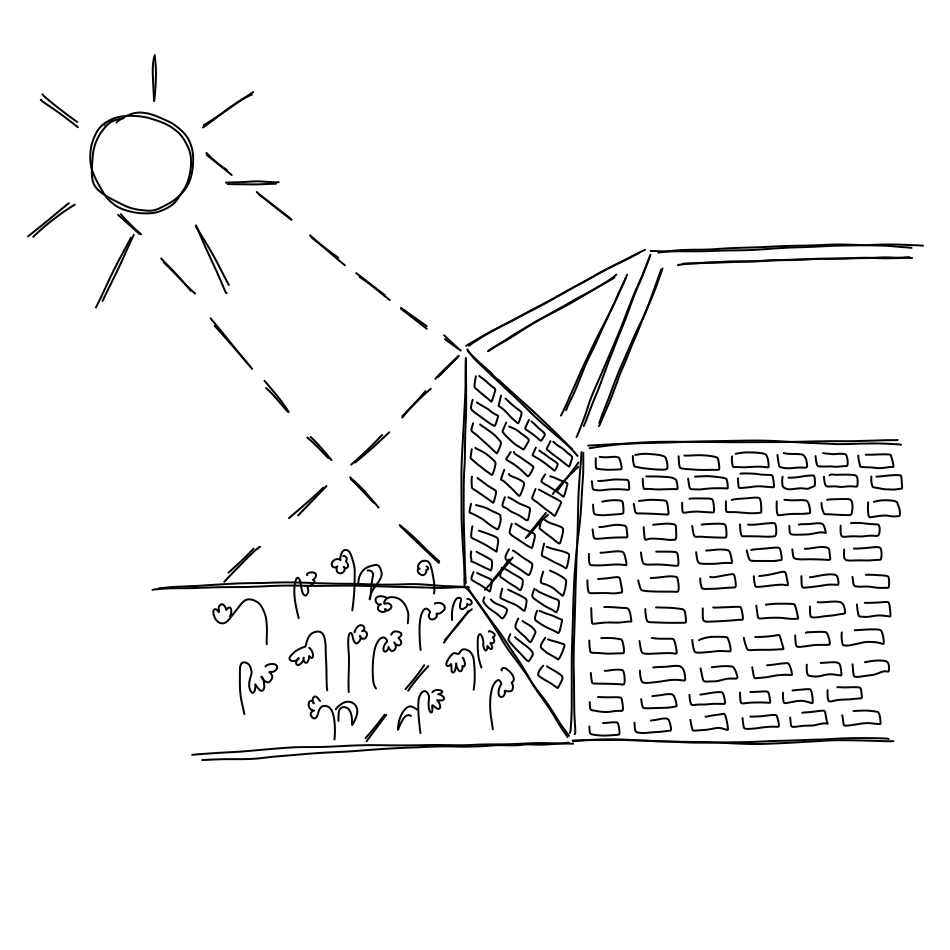
Most properties have several “mini-climates” throughout the yard influenced by drainage, shade, sun position and even the materials used in the construction of the house itself. These materials like brick, paint, siding and more can either absorb or reflect heat and may even leach chemicals into the soil.
Many make decisions on a home's exterior based on appearance or energy use. These choices, like light or reflective paints, may make it difficult to grow plants in these micro-climates surrounding a home.
There are steps that can be taken to make these areas more plant friendly. Mulch, for example, can help keep moisture in the soil while insulating plants roots better from the heat. Shade trees can deflect direct sunlight from heating siding and keeping the surrounding soil cooler.
Older homes may even have lead-based paints on foundation bricks or concrete which can wick into the surrounding soil. Similar wicking can take place from wooden decks that have been weatherproofed, coated and/or stained.
Even maintaining your home's exterior can create health problems for paints if cleaners or bleaches are used. Of course, chemical pesticides can have similar damaging effects when used around a house's exterior.
A simple key is to be aware and conscious of growth problems around the base of your home. Where you notice issues are likely the areas that need to be addressed through better drainage, mulching or even through fertilization.
AC Unit
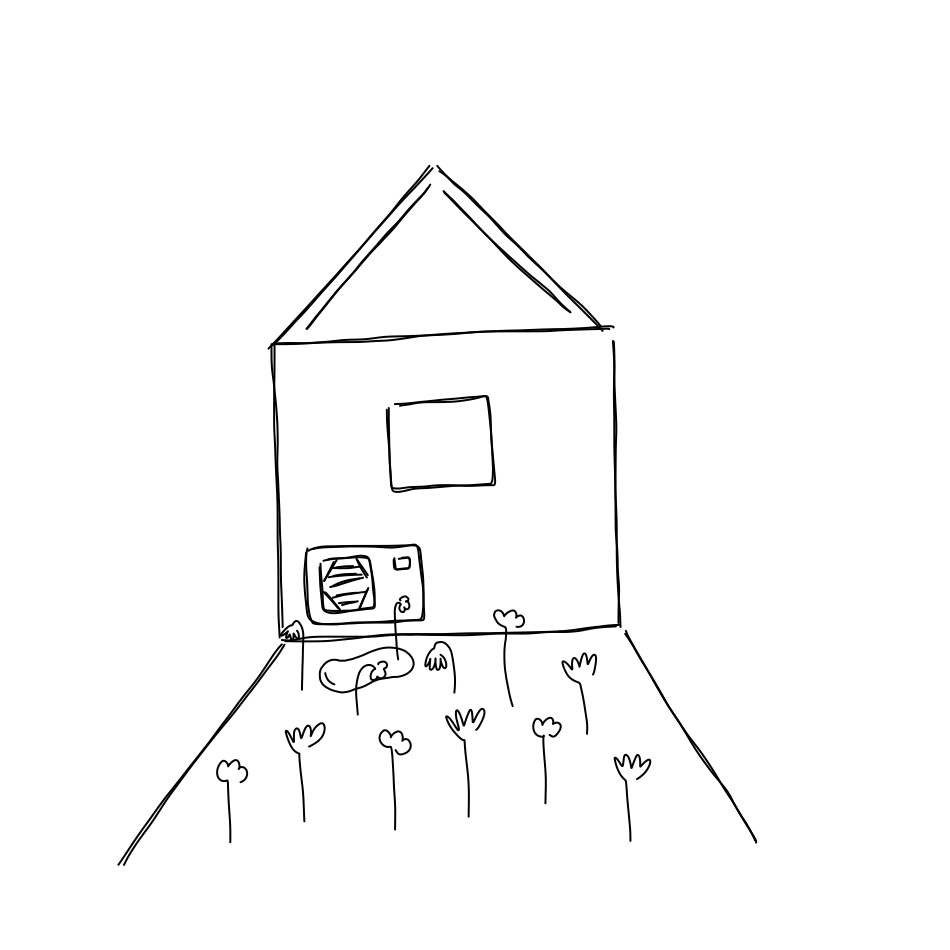
An air conditioning unit produces condensate as it cools the air in warm weather. This condensate is much like the water that would form on an icy beverage in a glass or bottle when the surrounding air is warm. It is safe for grass, plants, and greenery as long as it is properly drained and distributed.
The problem can be that a condensate drain is often an afterthought when installing an AC unit. HVAC installers may not give the location of the condensate drain much thought but homeowners should. In some areas, the condensate produced during hot and humid months can be as much as a gallon or two per hour. This is a significant amount of water that can end up damaging plants and creating erosion problems in the immediate area. The problem can be compounded as the condensate heats in the summer months.
To prevent this issue, the homeowner should locate where the condensate drain is and determine if it is creating a problem. If the grass or garden areas around a condensate drain pipe are damaged or shows signs of drainage problems, it should be redirected or drained more efficiently. This can be as simple as adding a hose or plastic drainage pipe to the end of the condensate drain pipe to divert it away from an area it is negatively impacted. In some cases, it may be more prudent to dig a more sophisticated drainage system like a French drain, catch basin or dry well to allow the water to dissipate into the ground.
Gardeners will want to pay particular attention to two issues. One is that if a condensate drain is draining water from a high-efficiency furnace, this water can be acidic and damage plants. There is also an issue with cleaning cooling coils and condensate drains with cleaners to keep them operating properly. These chemicals can damage plants. When coils or condensate drains are cleaned, the condensate should be directed away from plants and grass for at least a week or two, if possible.
Dryer Vent
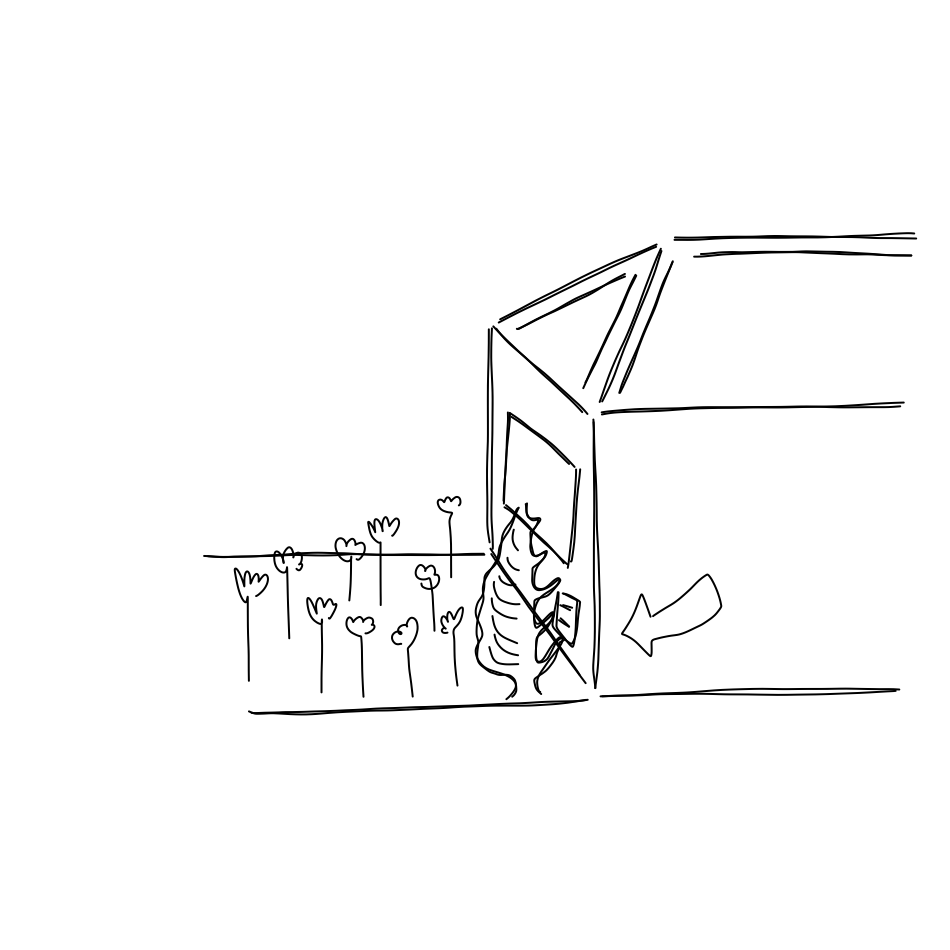
Dryers vents might be an afterthought for many homeowners but, by spewing hot air and blowing out lint, they can be quite problematic for plants.
There are a couple of ways to can address the dryer vent/heat/lint issue with the plants around a home. One is to build some sort of simple shield around the vent that can hide it from view, trap flying lint and that help disperse the heat. A cedar wood panel, for example, can do the job. Landscape rocks can also keep vents away from view while helping to protect plants. Heat from vents can also be directed upwards and away from plants.
Many homeowners have discovered one solution is planting greenery near dryer vents that are more heat resistant. Boxwoods and most flowering bushes are not a good choice but Hostas have done well. In climates with moderate temperatures throughout the year, roses and peonies may do well near dryer vents. Any plant near the dryer vent should be no closer than two to three feet away, though.
Garage
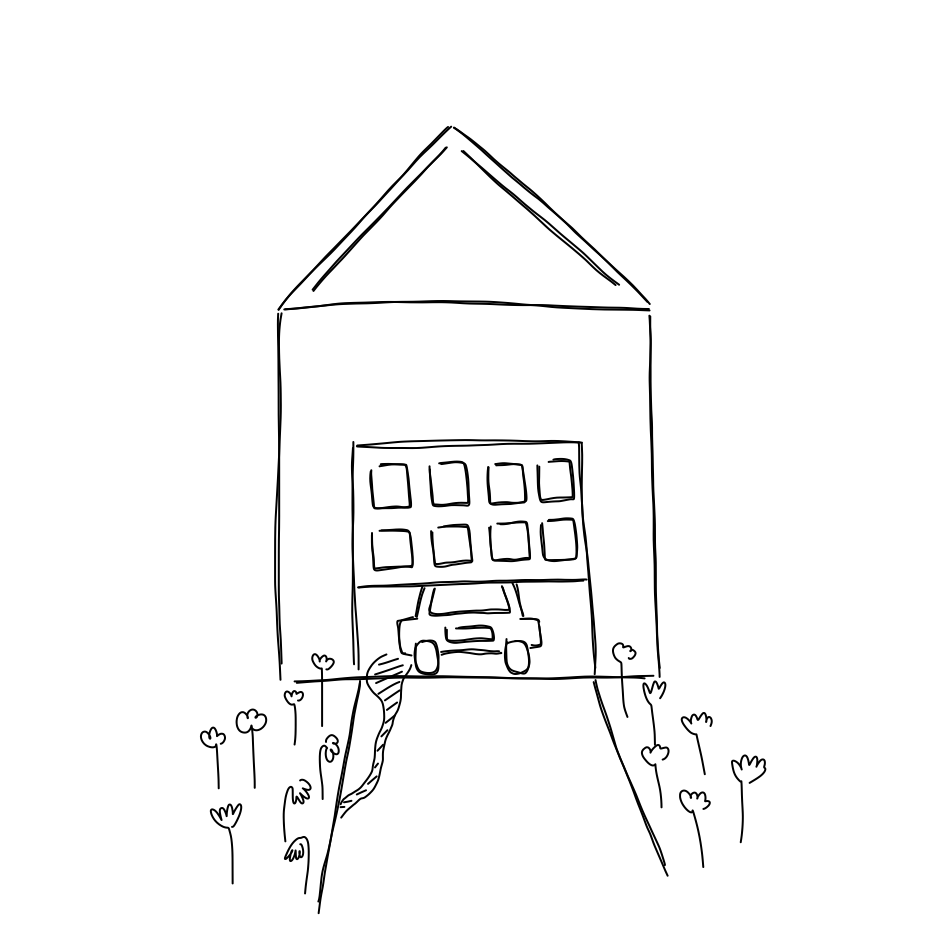
A garage contains a variety of gasses, fumes, chemicals, pesticides, and odors that can be foul smelling and dangerous. They can be a danger to humans, pets and yes, plants, gardens and lawns. A garage floor can serve as a conduit for harmful fluids to find their way into lawns and gardens.
That drip of oil, spill of gasoline from an overfilled lawn mower, leaking rusty paint can, and any of the myriad of cleaning and chemical products used in and around the garage can come back to haunt a yard and nearby gardens.
Garage floors that are properly drained are a good start. If a garage is not properly drained, it can create a whole host of problems when the floor is cleaned as a stew of pollutants is washed down the driveway and into nearby grassy areas. Care should be taken to make sure dangerous chemicals aren't purposely disposed of through this drain, however.
There are multiple steps that can be taken to prevent runoff from a garage away from plants. It starts with an appropriate drainage solution. Additionally, chemicals, poisons, and pesticides should always be stored in their original containers for proper identification. Cans that are rusting should be disposed of properly, and automotive leaks should be addressed promptly.
If oil and other fluids are an issue with a vehicle, they can potentially be addressed with a drying agent or even cat litter. Even flattened cardboard boxes can help absorb fluids from a car keeping them away from green spaces.
Driveway edges can be modified to help deflect and/or absorb garage related fluids. A small “curb” can be built keeping water from draining onto yards or gardens. Stone edging or decorative brick can be used to absorb any harmful fluids before they reach the grass.
A garage is usually home to a variety of toxic materials. Become more aware of them and the dangers they can pose to a yard or garden can help keep them from killing your garden.
Sewer Line/Septic System
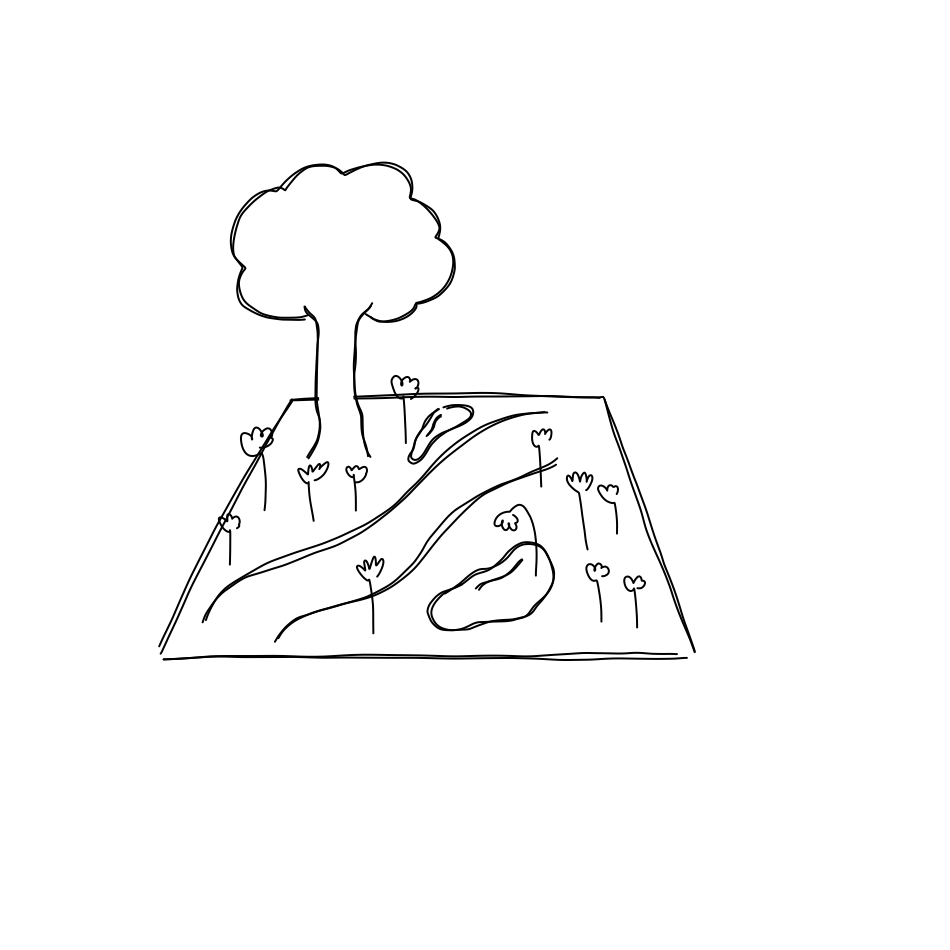
Houses need to have raw sewage moved safely away from them so the sewage can be treated in a safe and environmentally responsible manner. In the vast majority of homes, this is done through sewer lines or septic systems.
In homes hooked up to a municipal sewer system, a lateral pipe connects multiple pipes from house to the sewer system where the sewage from multiple users are combined and eventually treated. A septic system is a self-contained system on a homeowners property that serves as a mini-treatment plant.
In either case, these pipes intended to carry sewage away from a home can break due to decay, jostling due to nearby construction or an earthquake or blockage. Damage can also occur as result of growing roots around the sewer pipes that eventually strangle and break them. When this occurs, it is bad news for yards and gardens.
Signs of a broken sewer line can include excessively green grass or plant life, sunken or depressed areas in a lawn, wet or soggy ground and the strong smell of sewage or mold and mildew. While it can be tempting to believe the sewage is helpful to a lawn or garden, eventually raw sewage will destroy the plant life in the area. In addition, as the raw sewage nears the surface it can create bacterial problems causing health issue for those on the property. Unchecked drainage problems can cause foundation problems and cracks in sidewalks.
Homeowners should remember one simple thing. A broken sewer pipe or septic issue will not get better on its own. Before it destroys the vegetation around a house, a professional should be contacted to address the problem as quickly as possible.
There's not much a homeowner can do to prevent this from happening other than getting their sewer or septic systems inspected at the recommended intervals and operating these systems as they are meant to be used. However, making sure not to plant trees in the paths of drainage pipes can ensure that roots won't cause any issues in the future.
Gas Lines
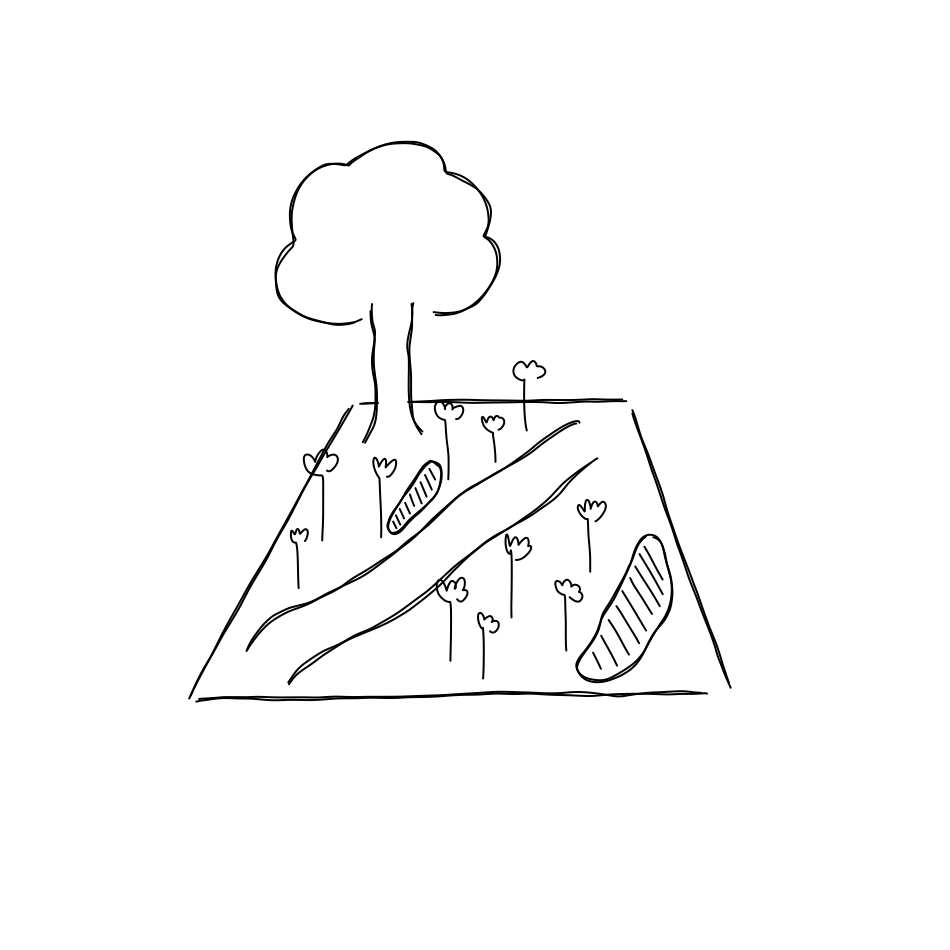
For those wrestling with a spot or spots on a lawn that just refuse to respond to normal treatment programs, the problem may be deeper (literally). If the home uses natural gas, the issue could potentially be a leak in a natural gas pipeline.
Natural gas will try to replace oxygen as a source of nourishment for plant life leading to stunted growth or even death of the root system. Beyond killing grass and plants, however, it can be potentially dangerous for homeowners and their neighbors.
Gas leaks can often be determined by using the senses of smell, sound, and sight. A hissing sound may give away a gas leak or bubbling of any water in the area of the leak. The most common sign is the odor of rotten eggs or sulfur often associated with natural gas. If there is a section of a lawn or garden that will not grow despite the area around it having no trouble doing so, it may be a sign of an underground gas leak.
Those who may feel they have a gas leak in their home should vacate the area and call their gas company and even 911. While a leak outdoors might not be as dangerous as those indoors, it's usually best to play it safe. Contact professional help immediately.
While there are a variety of reasons natural gas line leaks can occur, they can often be avoided by contacting gas companies before any digging is done on a property.
Storage/Crawlspaces
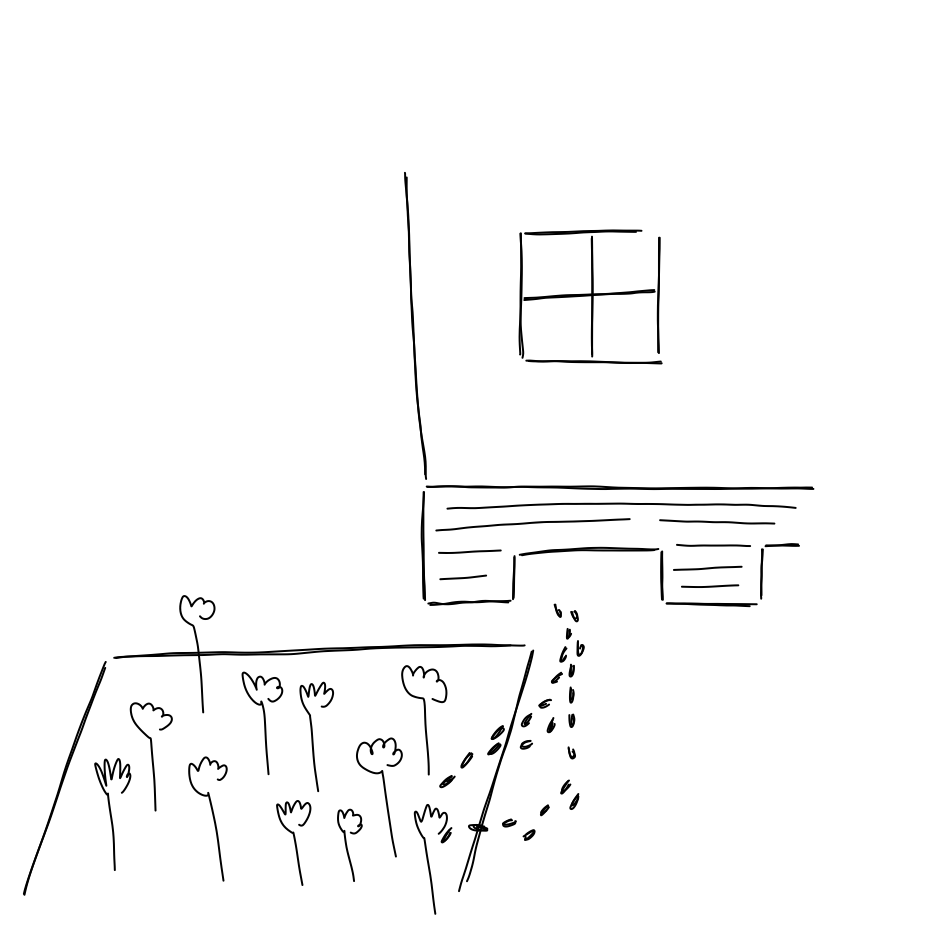
Some homes have dark and damp spaces that are neglected or unused. They may be in basements, crawl spaces, storage spaces or other recesses of houses where no owner wants to venture. The problem is, these are some of the very places that are a comfortable home and breeding grounds for insects and pests that can be responsible for killing your garden or yard.
These are places that can house a host of destructive bugs like millipedes, centipedes, earwigs, ants, cockroaches, termites, silverfish, sow bugs, mold mites, and more. They are uncomfortable to think about and easier to ignore until they begin causing damage to your home and garden. While some destructive pests and critters may arrive "naturally", homeowners should avoid attracting them and should definitely take steps to get them out if they're already living there.
Fighting these destructive creatures often means removing that dark, damp environment in which they can thrive.
- Remove moisture: This can range from using fans to dehumidifiers. The more you can ventilate an area the more inhospitable it is for many pesky insects.
- Seal and reseal: Insects can invade through the smallest of cracks and crevices. This means being diligent in sealing cracks and eliminating exits and entrances.
- Consider pest control: If the problem is beyond your capabilities, admit it and hire a professional.
Many harmful pests detest sunshine, fresh air, and dry conditions. Doing what you can to replace dark and damp areas with these qualities can go a long way in minimizing pest problems that can negatively affect your lawn and garden. If pests begin to show up in your yard, it may be worth inspecting the home for any spaces that might be responsible for their presence.
Home Orientation
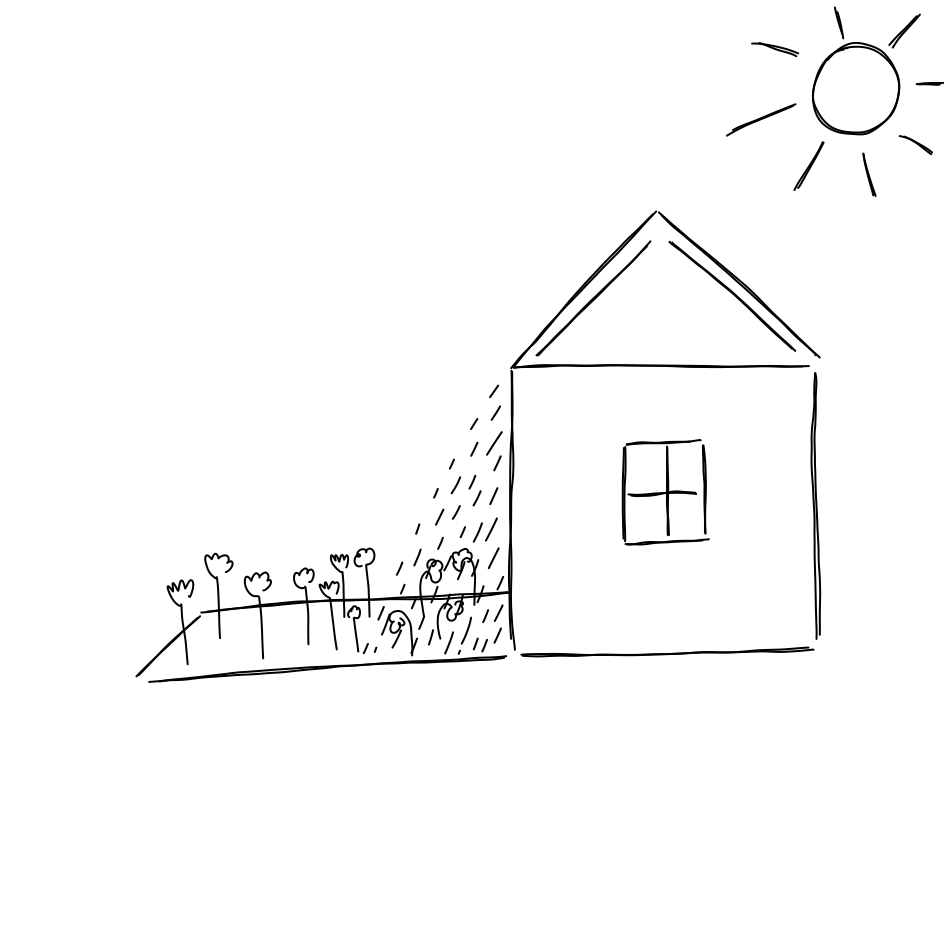
One of the biggest factors affecting plant growth on a property is something that current owners have little impact upon. That is the orientation of the house when it comes to sun and shade. Once a home is purchased, it is going to face the direction it faces eternally—barring any drastic changes. Gardens fail, lawns brown and flowers don't bloom, often because of where they were planted and the house's orientation to the sun. That doesn't mean, however, that a homeowner can't make the most of their present situation.
South-facing homes are often sold on the fact that the home will get more sunlight through the front of the home throughout the year. This also means that front facing gardens will get more sun, which is terrific if you want to plant flowers and plants that enjoy plenty of sunshine.
Similarly, north-facing gardens will get less sunlight but temperatures may be more moderate and consistent. Gardens facing the east will get more morning sun and those facing west will enjoy more sun in the afternoon. Of course, the amount of shade vs sunshine will be affected by the size of the home itself and trees on the grounds.
To prevent your home's orientation from killing your garden, plant vegetables and flowers that best respond to the available sunlight in your climate zone. Whether your home basks in direct sunlight often or is frequently covered in shade, there are grasses, bushes, flowers and vegetables that respond best to all conditions. Enjoy finding the perfect ones for your home.
It's Not Always the Home's Fault
It is easy to forget that plants are a product of Mother Nature. While they will do quite well in their own perfect environment, problems can arise when we take them and try to manipulate them for our own enjoyment. We want to create the perfect colors and deep rich greens. We want to stage them to suit our tastes and desires to become a shining example in the community. We need to keep in mind, however, that we are sometimes asking these plants to perform on a stage that they weren't intended to thrive upon. We are placing them at our will and artistic viewpoint around our homes to create a satisfying effect. But our homes, their construction materials, orientation, drainage, and other factors frequently cause problems and challenges. Knowing and acknowledging these challenges and responding to them can help prevent our houses from killing our gardens.
